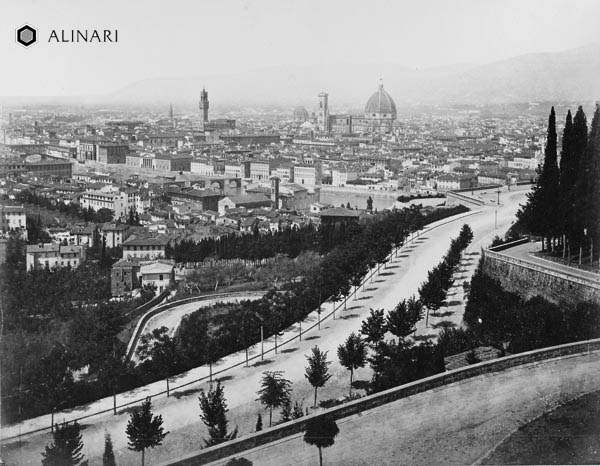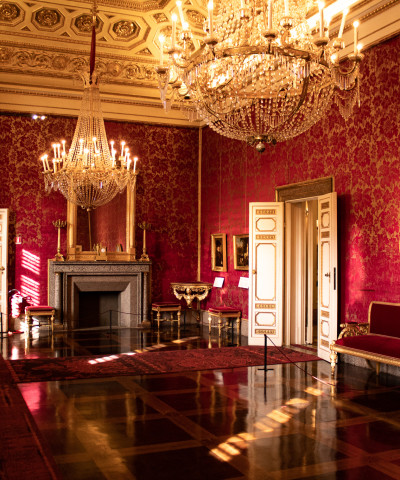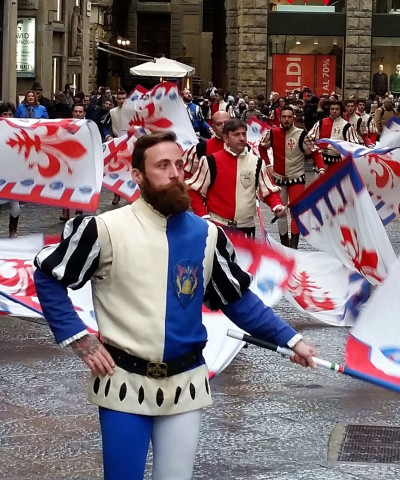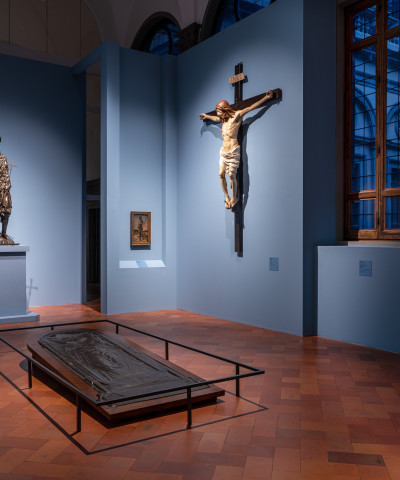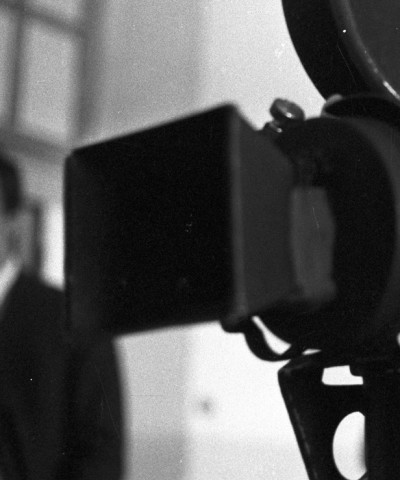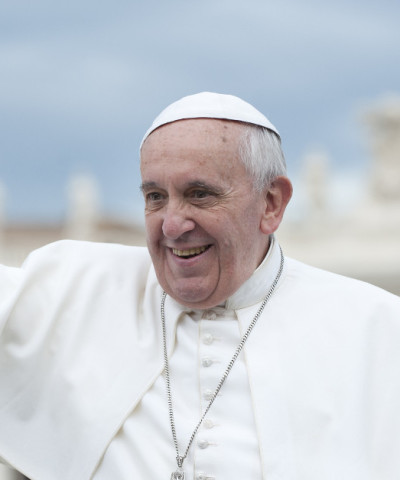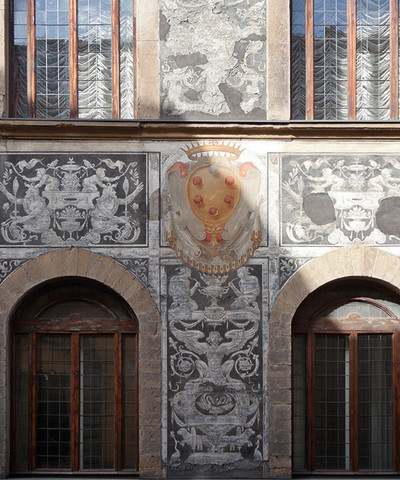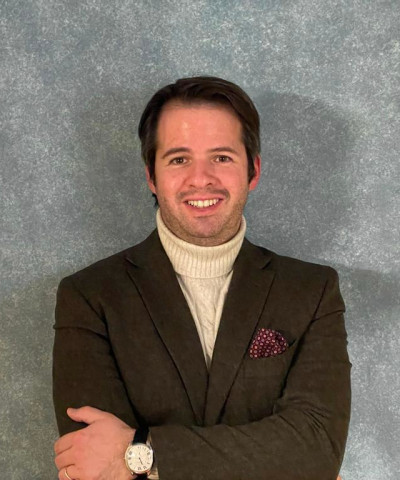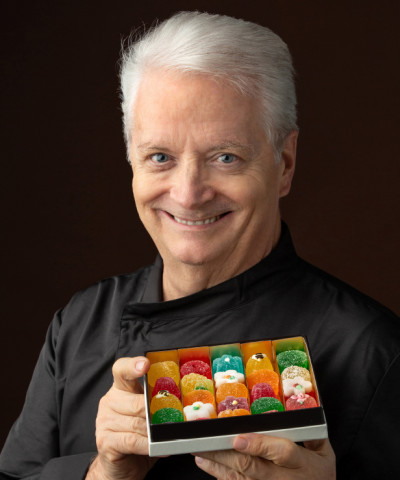Florence as Capital
The 150th anniversary of Florence Capital, a picture story tells us
Florence has been the capital of the compromise reached by a new born Italy that strongly wanted Rome to be the capital of Italy to end the sovereignty of the House of Savoy and to strengthen the feeling of national unity. But Rome did not belong to the kingdom of Italy yet and the French troops kept on defending the temporal power of the Pope. So the best capital of Italy (apart from Turin and waiting for Rome to be annexed to the kingdom of Italy) was Florence, which symbolized Renaissance art and culture, as well as a sense of great political freedom. The dice was cast in 1864, when Florence reinvented itself to be the seat of the kingdom of Italy, meaning not only the residence of the kings of the House of Savoy (at Palazzo Pitti), but also the seats of the government (the Parliament met in Palazzo Vecchio), of the Ministries (7 millions, 555,885 Liras and 59 cents were paid for the transfer expenses), of the Embassies and the many houses destined to the officials and their families.
When the 16th century was over, Florence had not undergone significant changes: surrounded by the walls, its focal points were the Cathedral’s dome and other monumental buildings, showing a perfect balance between interior, exterior spaces and gardens. An urban project was created to adjust the structure of Florence to match the needs of a capital city. Five years later (the works lasted until 1870) Florence showed an unexpected, epochal change concerning its role and functions.
The new urban structure of Florence was completed by Florentine architect Giuseppe Poggi, who managed to combine the Neo-Renaissance style that reflected the history of Florence with new architectural trends, while giving Florence a celebrative, modern and conservative look that was perfectly in line with the evolution of the European scenario of those years. What was necessary were houses and services for the employees of the capital city, the renewal of some downgraded areas of the centre, the protection of the city from the floods of Arno.
What radically changed the structure of the city were the wide Viali di Circonvallazione, inspired by the Parisian boulevards. In order to build them, the walls that surrounded the city on the right side of the Arno were demolished. Beside having an aesthetic value and being useful for the traffic, they had a key position near the urban structure of the centre and the new neighborhood areas that were being built in the suburbs.
Instead of gateways, great, impressive squares were created (Piazza Beccaria, Piazza della Libertà), crossed by wide, straight roads which hosted the residences of the middle class employed in the state apparatus. The Florence’s English Cemetery was isolated in Piazzale DOnatello, surrounded by cypresses in a suggestive atmosphere.
The other great intuition –and maybe also the greatest work- of Poggi was the construction of Viale dei Colli, a panoramic boulevard that crosses the hills around the Oltrarno district and leads up to Piazzale Michelangelo, the majestic ‘terrace’ with view on Florence. Along the boulevard, many villas, chalets and the Rose and Iris Gardens. The original project included new districts adjacent to the boulevards, modern and far from the traditional residential areas, with various kinds of houses –from small detached houses to great blocks of apartments to be rent, all small-scale imitations of the important higher middle class and noble residences.






